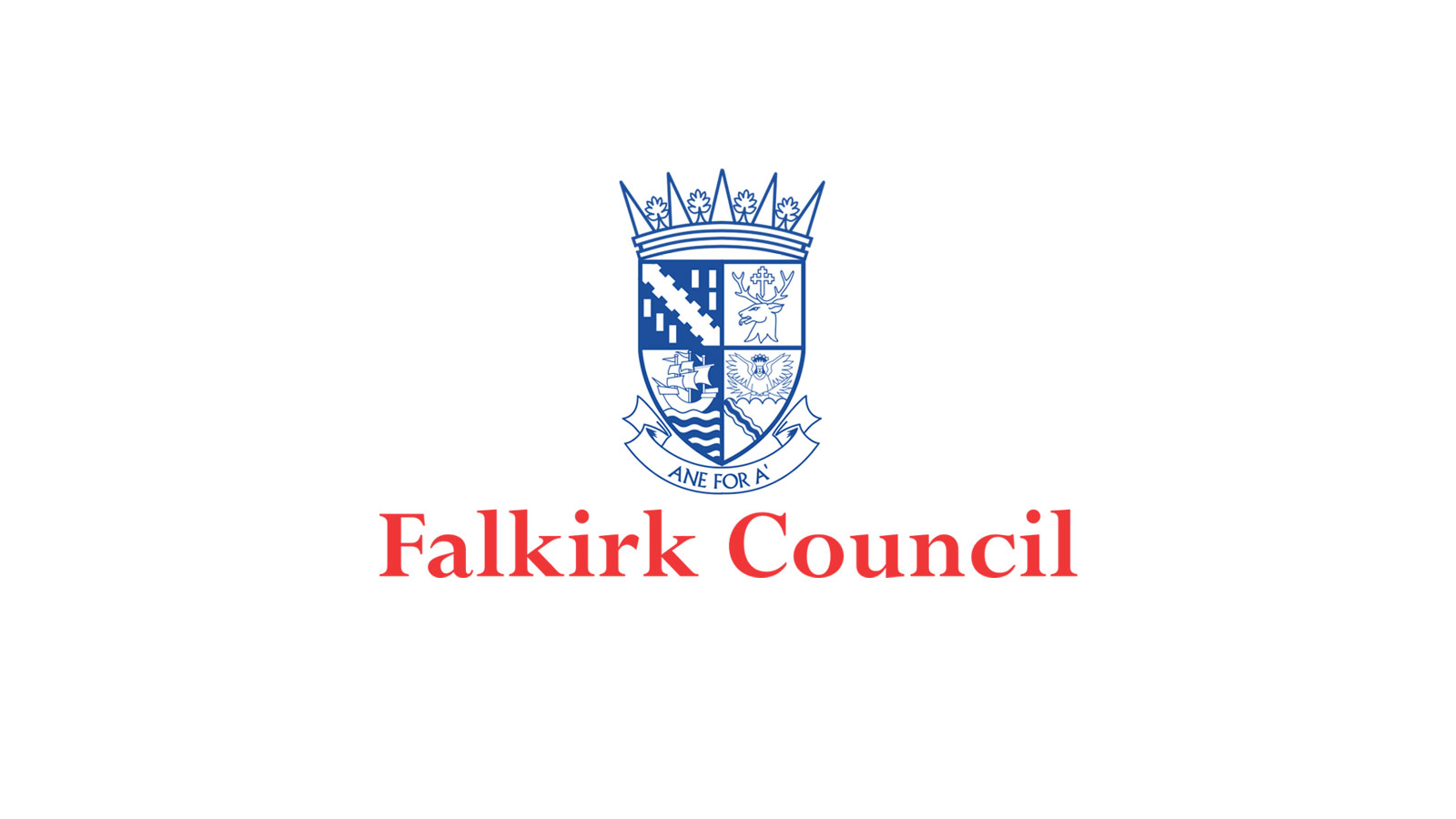Language and Accessibility Options
Falkirk Council

Our Journey to digital telecare – Falkirk Council
Key drivers for transitioning to digital telecare:
- Increasing risk of analogue transmission failures (call failures);
- Delivery of improved pro-active services to communities;
- Opportunity to transition to a cloud-based solution;
- Ability to use personal devices;
- Future and long term benefits.
Stage of the transition process:
- An operational digital alarm receiving centre (ARC) platform has been successfully deployed;
- System testing has been completed by the supplier to demonstrate that the digital telecare solution is operating acceptably;
- Penetration testing has been successfully completed;
- Internal Acceptance Testing has been successfully completed;
- 98% of digital ready alarms installed;
- All key staff now fully trained on Device Management Platform (DMP);
- Data Protection Impact Assessment (DPIA) completed;
- Migration and testing plans prepared.
Key challenges and overcoming them:
- Due to international Call Line Identification (CLI), the GSM call was not matching with the service user record. This issue was overcome through by-passing CLI requirements. The ARC platform was redeveloped and now assigns call handlers their own incoming telephone line which match SCAIP signals with incoming GSM calls. Therefore, this eliminates the need for CLI;
- Funding and senior executive buy-in was an issue however with increasing call failure rates, a robust Business Case and risk evaluation was created and subsequently approved.
- There was a lack of understanding of digital and technical requirements. Changing presentation methods from formal written reports to service user engagement using video content was more effective;
- Limited technology within the market therefore seeking out, engaging and trailing products with known market leaders was required;
- Limited operational procedures or guidance were available to start therefore development of these was crucial;
- There was no additional staffing resources to complete the work therefore had to develop partnerships to assist with repetitive, high volume areas of work e.g. alarms programming and sought out opportunities for external funding to secure additional staffing resources.
Next steps in digital telecare journey:
- Compete all testing including business continuity;
- Initial migration;
- Complete roll out and migration of digital equipment;
- Migration of sheltered housing properties to digital;
- Explore cloud ARC platform transition;
- Explore use of personal devices e.g. Alexa.
One ‘top tip’ based on the transition journey:
- Less talking, more doing!
Published: November 2020
- ARTICLE BY
Digital Telecare -
SHARE ARTICLE
Facebook
Twitter
Linkedin - Subscribe to updates